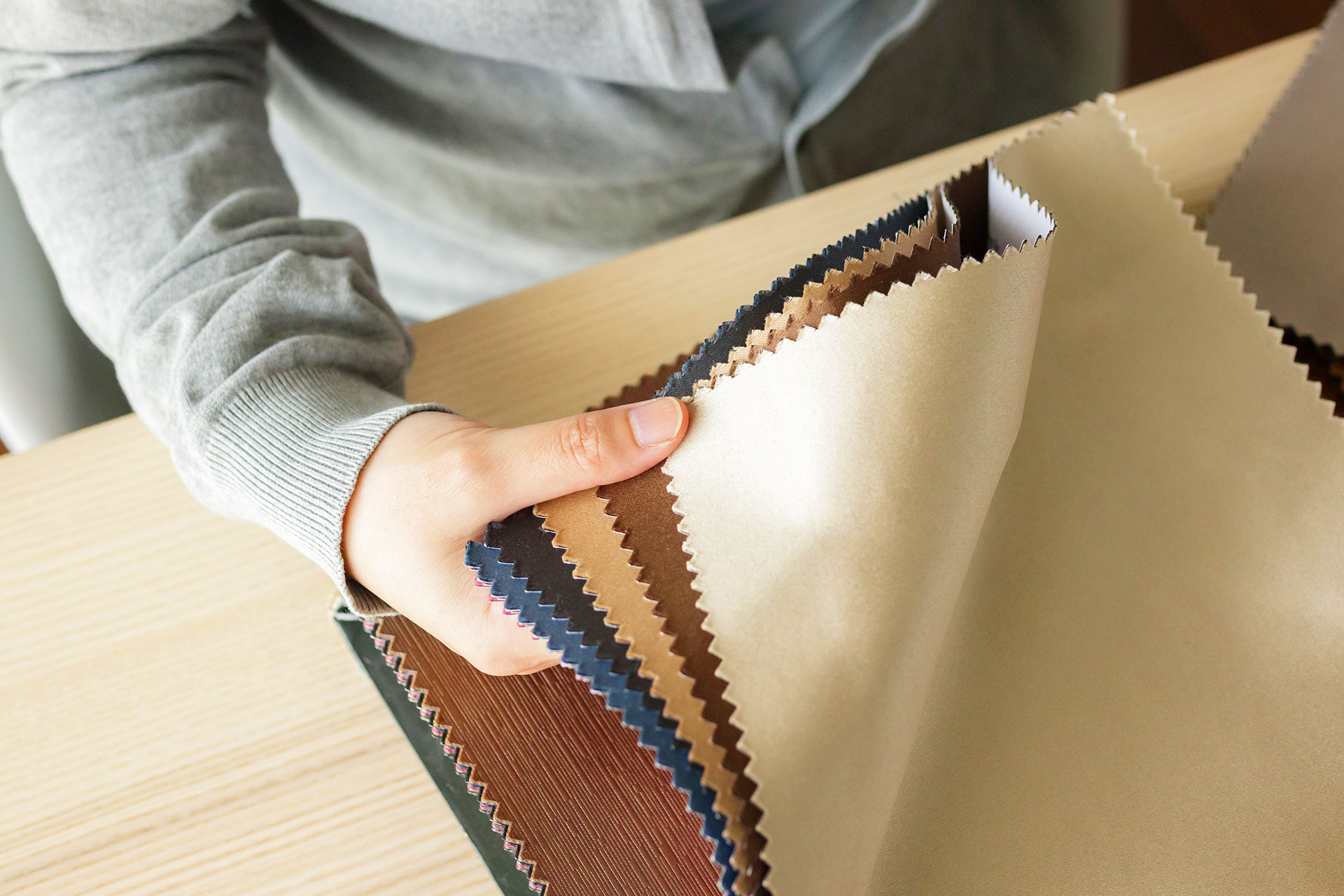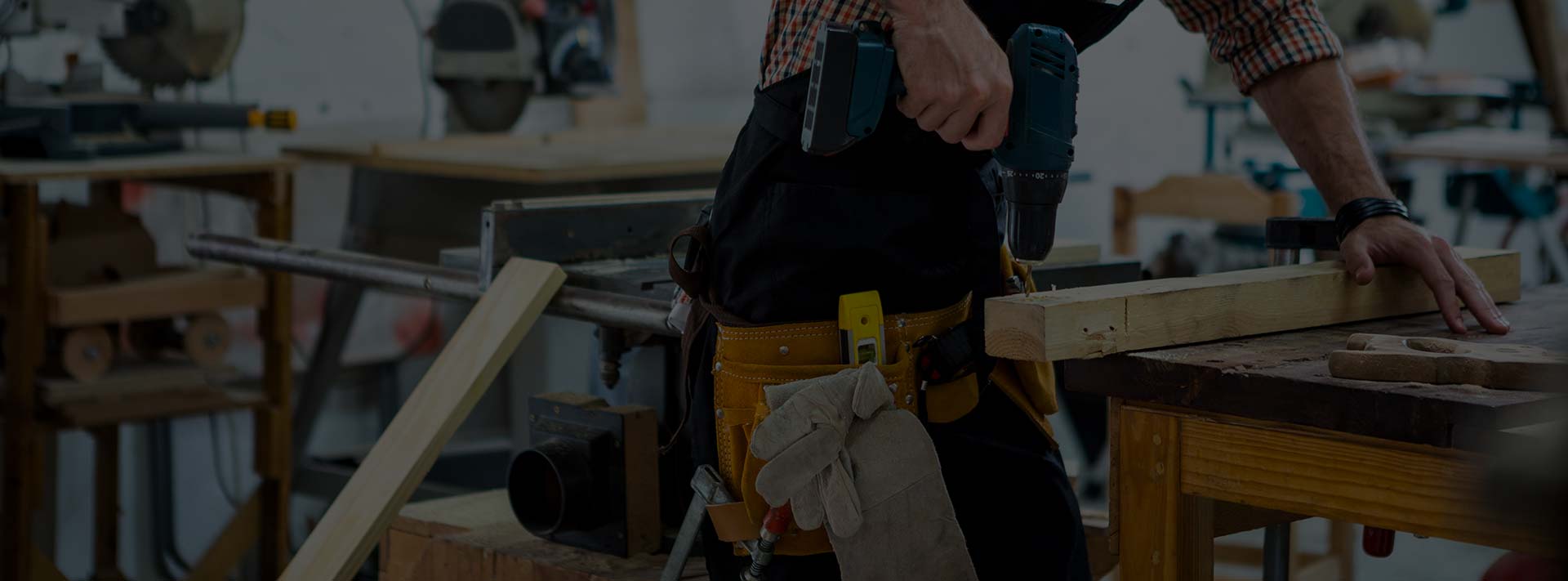
19 Nov Why Your Beautiful Fabric Job Started Sagging After Six Months
You chose the perfect fabric. You stretched it tight, stapled it neatly, and stood back with pride. It looked flawless. For a while. Then, slowly, things began to shift, the seat lost its tension, corners loosened, and that crisp, tailored look gave way to wrinkles.
Sound familiar? Sagging upholstery isn’t bad luck; it’s physics, materials, and missed details quietly catching up.
It Starts Beneath the Surface
The problem rarely begins with the fabric. It starts with what’s under it. Springs that aren’t tightened, webbing that’s not reinforced, or foam that’s too soft all lead to the same fate: collapse.
A good upholsterer knows that every layer supports the next. Strong webbing keeps the seat firm. High-density foam maintains shape. Without those foundations, fabric has no chance.
Think of it like a mattress; if the springs give out, it doesn’t matter how nice the sheets are.
Stretching Isn’t Pulling
Many DIY reupholsterers pull fabric as tight as possible, assuming tension equals longevity. It doesn’t. Overstretching strains the fibers, breaking their elasticity over time. The material slowly relaxes, losing that snug fit.
Professionals know when to stop. They stretch to the right degree, tight enough to shape, loose enough to breathe.
The Wrong Fabric for the Job
Not all fabrics behave the same. Some stretch more under pressure. Others shrink with humidity or weaken under sunlight.
Here’s what often goes wrong:
- Lightweight cottons or linens are used on high-use furniture.
- Outdoor fabrics end up indoors, or vice versa.
- Directional patterns are misaligned with the grain.
Every fabric has a breaking point. Professionals choose not just by appearance, but by function.
Temperature, Humidity, and Time
Rooms change, and fabric feels it. Heat softens adhesives. Humidity expands fibers. Dry air makes them brittle. That slight give-and-take adds up, and before long, the once-tight seat begins to ripple.
Maintaining a consistent environment, especially away from direct sun, helps slow this process dramatically.
The Fix Is in the Layers
Sagging upholstery isn’t inevitable; it’s preventable. It’s about knowing how materials work together, how wood supports springs, how foam supports fabric, and how the smallest misstep can snowball into failure.
So, the next time a beautiful fabric job starts to sag, remember: it wasn’t the fabric that failed. It was everything underneath.



